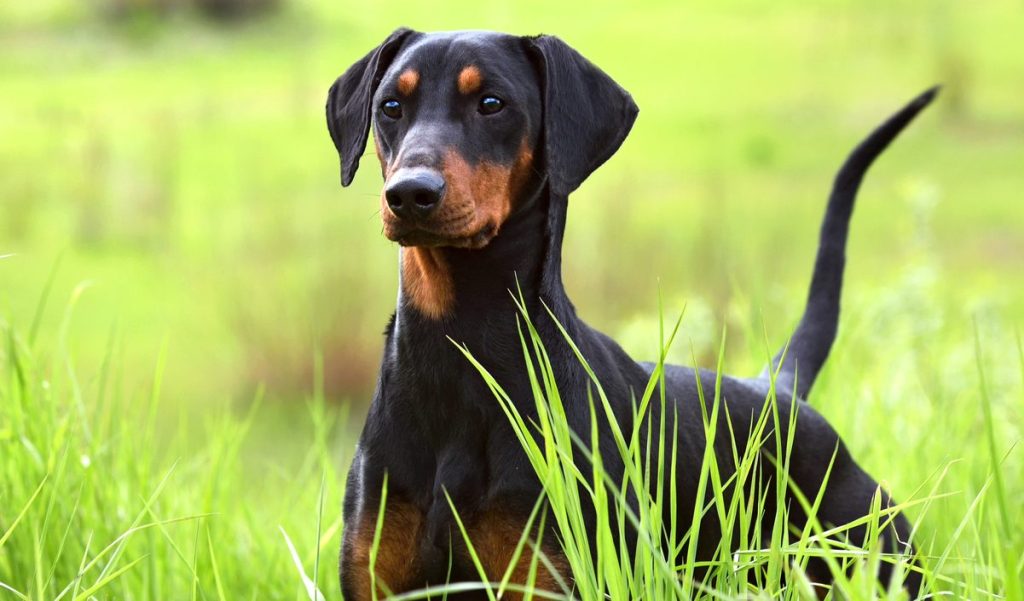The German Pinscher, or the Standard Pinscher, is a medium-sized breed known for its sleek, elegant appearance, intelligence, and spirited personality. Originally from Germany, these hardworking dogs performed various roles, including hunting vermin and guarding homes and farms. They have a distinct, well-proportioned build with a short, glossy coat.
They are highly intelligent and require mental stimulation through training and…
